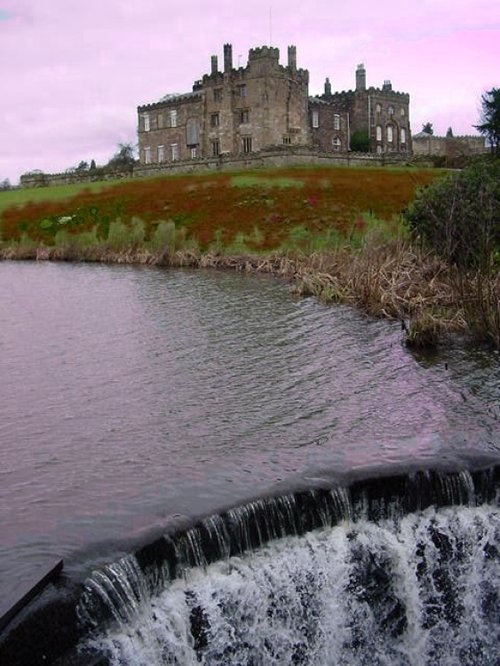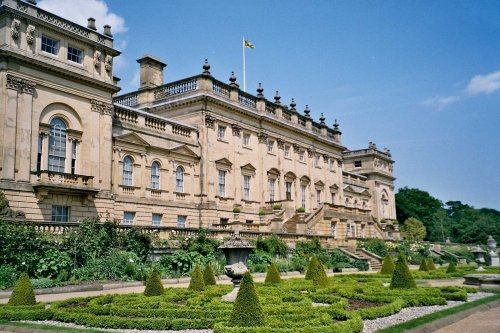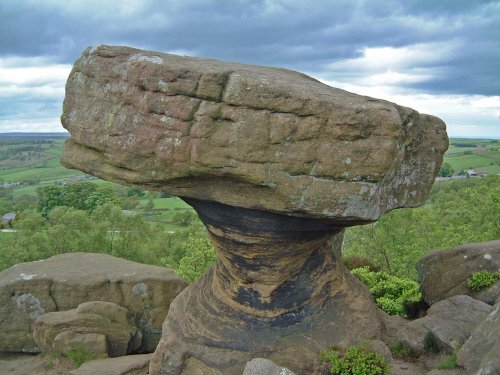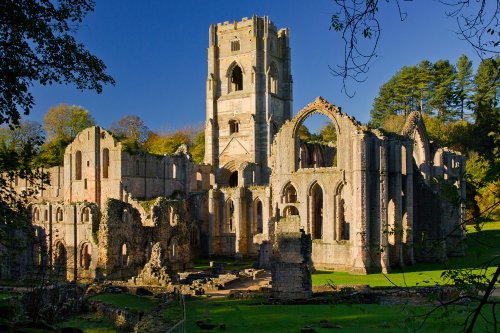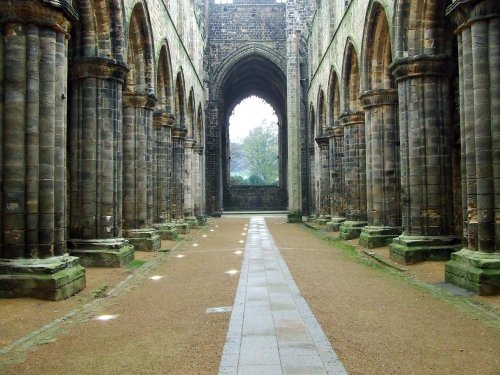Pictures of Harrogate
About Harrogate
One of the chief town's in Yorkshire's old West Riding, Harrogate acheived early fame as a Spa resort. Its mineral springs were discovered in the 16th-century.
The name Harrogate derives from Har-low-Gata, meaning Grey Mill Road. The name Harlow is still remembered in the naming of Harlow Hill Gardens.
The fame of Harrogate as a Spa town can be attributed to William Slingsby who discovered Spring Waters in a well at Harrogate called the Tewitt Well, this discovery took place in 1571 and today a Dome marks the site in the centre of the town called the Stray. The Stray at Harrogate covers some 200 acres and was created by an act of parliament in 1770. Before this time Harrogate was merely a village near the historic town of Knaresborough.
The discovery of the Sulpher and Iron rich waters brought a wave of prosperity to Harrogate. A physician called Timothy Bight claimed the Spa waters had healing properties and could cure almost anything including nervous tension, gout, rheumatism and lumbago.
The Tewitt Well and a number of other wells can be found on the Stray and of the others the most notable is the 17th-century St. John's Well. This well was named after a church, later replaced by Christ's Church in Church Square, it was the discovery of Dr. Michael Stanhope and featured in his publication 'Cures without Care'. Other wells include a Magnesia well discovered in 1895, it is located in Harrogate's Valley Gardens, along with many other mineral wells. The most famous of all the sulpher wells is to be found in the Royal Pump Room, now a museum.
The Royal Pump Room was built as the country's first Public Baths in 1842 to house the old sulpher well. Today, this superb building is extremely popular with visitors who are interested in the history of this lovely town.
Harrogate is one of the most attractive town's in the country. The prosperity brought by the discovery of the now famous wells resulted in a wealth of dignified stone buildings and beautiful gardens that have earned Harrogate the nickname 'the floral resort of England'. The Valley Gardens are particularly notable, so to are the Prospect and Montpellier Gardens, and the Harlow Car Trial Gardens are highly respected for experimental horticulture.
Apart from noted wells, the Pump Room houses an interesting museum of local history, Victoriana, and costumes.
In recent times the building of the Harrogate International Centre, one of the first in it's kind in the country, has proved to be an outstanding success. So is the Royal Hall, which attracts thousands of visitors each year.
There is much to see and do in Harrogate, people flock here from all over the country to attend Garden and Flower Shows and for thousands of visitors the three day Great Yorkshire Show is a date in the diary not to be missed. Shopping here is pure delight and dining out is a most enjoyable experience, there is real choice in the town's wealth of noted inns and restaurants.
Few places can match Harrogate's splendour, nor the warmth of its people. The beauty of the Yorkshire countryside is matchless. And to the Yorkshireman, the cricket, the food, the ale, the scenery and the people of his beloved county are all finer than any of the smaller counties that make up the rest of England - once you have been to Harrogate, you will understand his claim and you will not disagree.
